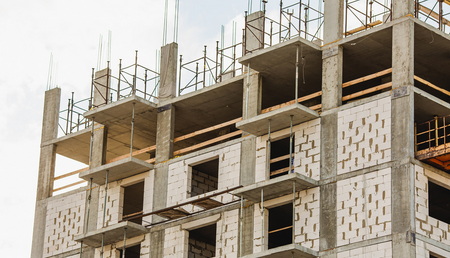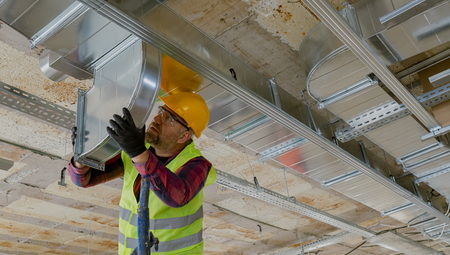
The Biden administration recently issued a “final determination” that all new single- and multifamily homes financed with federal mortgages must be built to stringent “model energy codes.” The Department of Housing and Urban Development (HUD) estimates this federal mandate on residential construction will add at least $7,229 to the cost of building a new single-family home, effectively establishing a disincentive to increase the supply of affordable housing—a federal policy strongly opposed by The Roundtable. (Bloomberg, April 25 and National Association of Home Builders (NAHB), April 26)
Federal Compliance
- The Roundtable believes this new federal regulation will reduce the supply of housing, increase home prices and rents, and make it more difficult for buyers to assemble a down payment.
- The “final determination” from HUD and the Department of Agriculture (USDA) is, in effect, a new federal-level building energy code that could impact approximately 150,000 units per year.
- Although the energy code update technically takes effect May 28, the dates for “compliance” are May 2025 for multifamily, Nov. 2025 for single-family homes, and May 2026 for homes in “persistent poverty rural areas.” (NAHB, April 26)
- This action stands in stark contrast to a set of policy recommendations submitted this week by The Roundtable and a broad real estate coalition aimed at broadening housing supply and lowering costs. (Coalition letter to House policymakers, April 29 and Affordable Housing story, above)
- Additionally, Roundtable President and CEO Jeffrey DeBoer testified on April 30 before a House Oversight Subcommittee on the need to “create more effective incentives and programs to stimulate the production of affordable housing.” (see Policy Landscape story, above)
Varying Energy Standards

- The HUD-USDA notice may also conflict directly with local energy codes in jurisdictions throughout the country.
- The federal action will require all HUD- and USDA-financed new single-family construction housing to be built to the 2021 International Energy Conservation Code (IECC). All HUD-financed multifamily housing must be built to 2021 IECC or ASHRAE 90.1-2019.
- NAHB cites studies that show building to the 2021 IECC can add up to $31,000 to the price of a new home and take up to 90 years for a home buyer to realize a payback on the added cost of the home.
Zero Emissions Buildings (ZEB)

- As Bloomberg reported, the Biden administration also issued this latest update as part of a larger effort to modernize building codes to reach its climate goals. Earlier this year, the Biden administration issued a draft of a federal definition for a Zero Emissions Buildings (ZEB). (Roundtable Weekly, Jan. 5)
- RER and Nareit submitted comments on Feb. 2 to the U.S. Department of Energy (DOE) on the draft ZEB definition, which would impose no federal mandates. (Joint comments’ cover letter and addendum | Roundtable ZEB Fact Sheet, Jan. 18 | Roundtable Weekly, Jan. 5)
The Roundtable’s Sustainability Policy Advisory Committee (SPAC) will discuss the repercussions of the HUD-USDA rule during its next meeting on June 21 in Washington, DC.
# # #